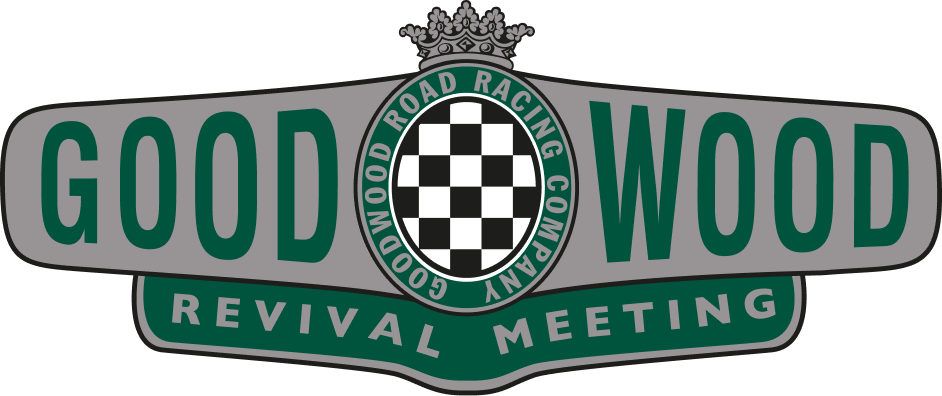Thank Frankel it's Friday: These are the worst Porsche 911s
 Andrew Frankel
Andrew Frankel
Recently Porsche built the one millionth 911. Although it is keeping the car, it elected not to create a bespoke special dripping in unaffordable enhancements; instead, the millionth 911 was probably quite like those that went down the line either side of it.

It’s a manual Carrera S coupe, standard in every respect save its Irish Green paint, a few decals, its upholstery and instrument needles. Having spent some of the weekend driving it, I can report that it is indeed a lovely car, but no more or less so than any other similarly specified 911.
But its arrival will herald a slew of 911 stories in the media, many gazing back through those first million cars to find the very best, some of them even written by me. So I thought just to shake it up, I’d jot down what I thought were some of the very worst 911s I’ve driven. This has not been easy because I bow to no man in my admiration of the 911 breed as a whole, but even this most iconic of sports cars has not managed to make a million and survive over half a century without racking up a few duffers along the way.
The first is the 911T, a cut-price, powered down 911 introduced to replace the four-cylinder 912 in 1967. The 912 has an unfair reputation because it only had 90bhp and sounded like a Beetle, but people forget the engine was not merely smaller and therefore lighter, but that all the weight was lost exactly where it was needed: at the back of the engine bay. As a result, 912s are quite the best-balanced and sweetest handling of the very early 911s. But the ‘T’ had all the weight and its inconvenient distribution of other 911s, but without their power. Yes, with 110bhp it was stronger than the 912, but it was heavier too so in the real world, little faster and nothing like so nice to drive.
Next come the early SCs built from 1977. These cars are tempting because they have galvanised bodies so don’t rot like the earlier cars, but their 3-litre engines were in very sober state of tune, even compared to earlier 911s: while the 2.7-litre motor put out 210bhp, the early 3-litres were good for a mere 180bhp. So while they could be made to look like supercars with the optional whale tail spoiler and low profile Pirelli P7 tyres, truth is their real world performance was closer to that of the new breed of hot hatchbacks that started to appear at around the same time. The 204bhp version introduced in 1980 was a far better bet.
We now spool forward to the end of the 1980s and the 964 series of 911s. These were panned at the time for their ugly, big bumper bodywork, sanitised interior and power steering, but my problem with them involves none of the above. Instead, it’s the fact that this was the first 911 to be made with four-wheel drive as an option. Later systems became much better (though I still think the benefits are far outweighed by the drawbacks not least because they are far more perceived than real). But back in the 964 days they actually comprehensively spoiled the car’s handling, turning what was actually quite a sweetly balanced car by the 911’s fundamentally unbalanced standards, into an inveterate understeerer.
There’s another 964 next, the 3.6 Turbo from 1994. This was the last 911 Turbo to be boosted by a single turbocharger and the last not to have four-wheel drive. It was remarkably quiet, and felt very sophisticated until you reached the limit, when it swiftly became the most difficult standard series 911 I’ve ever driven. It would understeer dramatically and then, if you tried to quell it, snap into savage oversteer. In short the rewards on offer were not worth the risks required to enjoy them.

The next is the first of the 996-series, made from 1997 and the first 911 to have genuinely nothing to do with the original. I hated it when it was new because its engines were cooled by water not air, its quality had taken a tumble and it felt less involving to drive despite being both lighter and less powerful than the 993 it replaced. In time however and because they are such good value I’ve had to modify my view, and a recent drive in friend’s car showed me what a bargain these cars are today. Even so, beware of engine problems caused by main seal failure. There are effective fixes for this known weakness (turbo engines are not affected), so make sure if you’re about to buy one that it’s been cured.
And that’s about it, which is not much of a list from 54 years of production. There are modern 911s I like more than others – I love the look of the Targa but the truth is it’s carrying a great deal of additional weight exactly where you don’t want it, but that doesn’t make it a bad car. A car for someone who likes the image of a 911 more than the idea perhaps, but not actually bad.
For myself, I hope Porsche does build another bad 911. I’ve spent years now extolling the virtues of almost every one I’ve driven to the point where even I’ve questioned my objectivity on the subject, but I can report only as I find. And a really rubbish 911 would give me the chance to say something different, new and maybe even interesting. But are you betting on that happening any time soon? Me neither.
andrew frankel
Porsche

Andrew Frankel
Thank Frankel it's Friday: racing a Porsche 904 at Le Mans was one of my greatest experiences

Andrew Frankel
Thank Frankel it's Friday: How the Porsche GT2 RS won me over to turbocharging

Andrew Frankel
Thank Frankel it’s Friday: Driving the new Porsche 935 up the hill at FOS




